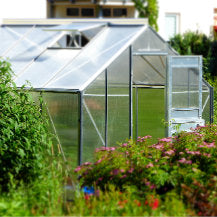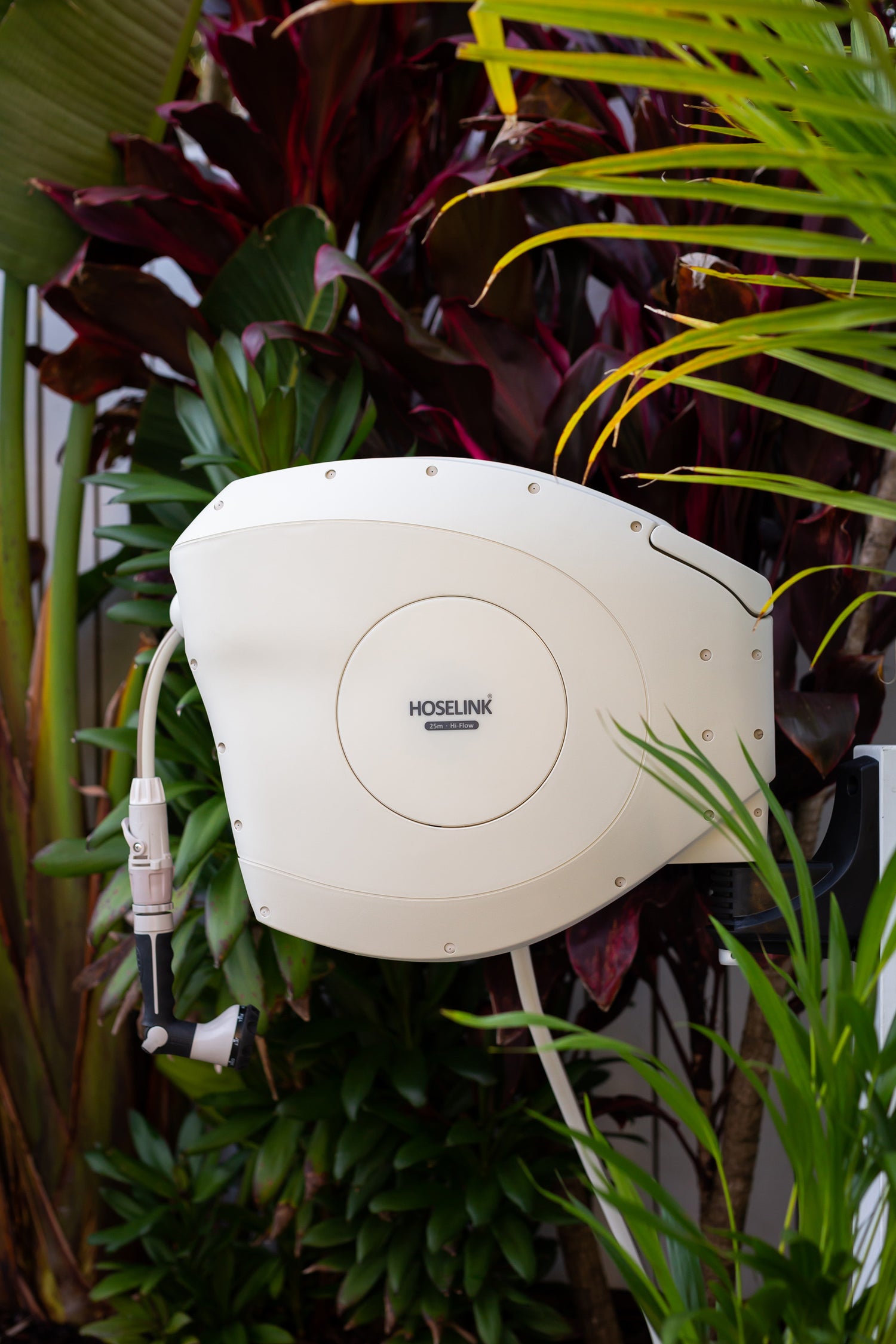Building a greenhouse is the best way to having a flourishing garden at any time of year, especially one that offers unparalleled protection against external forces. Find out everything you need to know to build the green house of your dreams.
Ever thought of combating rising food costs by growing your produce? Maybe you have, but you’re not quite sure how it would work.
In a society where it seems like the only thing that’s not skyrocketing at a rapid rate is our own wages, it can be beneficial to cut costs around the home. Food insecurity is a larger issue than most would realise, but it doesn’t have to be. If you want to learn how to grow fresh, plentiful produce in your own backyard, a greenhouse will give you the best chance of success. Unsure of where to start? Let’s dive in!
What is a greenhouse?
A greenhouse is a wooden or metal structure that has been enclosed with plastic sheeting. Other material may be used as the walls of a greenhouse, as long as it allows for light to penetrate, and air to circulate. It is normally the shape of a small dwelling with four walls, a roof, and a single entry/exit point. Greenhouses can be purchased already assembled at your local hardware store or even nurseries, while some hardware stores also sell kits which have everything you need to start your own greenhouse.

Benefits of having your own greenhouse
Extend your growing season
One of the greatest benefits of having your own greenhouse is that you are no longer restricted in what or when to grow. A garden greenhouse can effectively extend your growing seasons to accommodate your desire to plant anything you’d like to.
Garden greenhouses create an all-year warm climate for warm weather plants that prosper no matter the temperature outside. They also shelter your plants from other weather conditions like wind or too much rain. On the other hand, a cold-frame greenhouse is great for growing plants that need a cooler climate at any particular time of the year.
With a garden greenhouse you have control over the temperature and growing environment, which also allows you to plan your planting earlier or later in the planting season and still reap the benefits of a good crop.

Better pest prevention
As a gardener you will know how devastating it can be when pests take control of your crops. Planting in an open garden allows plant pests like animals, insects, and other bugs access to your plants. One of the biggest benefits of greenhouse growing is that pests have a harder time getting infiltrating your garden.
It’s also easier to manage pests and pest prevention with a garden greenhouse. One of the best ways to do this is to keep your greenhouse neat and clean. These greenhouse cleaning tips will get you started in creating the best greenhouse environment in your garden.
Growing in a greenhouse also makes pest management without the use of harmful pesticides or chemicals more achievable. Trying organic and pesticide-free gardening practices can be fun with a greenhouse, from simple solutions like planting beneficial crops alongside each other to using non-chemical and biological liquid alternatives.
Portable and customisable
A major benefit of a greenhouse is that you can easily move or change the layout of your garden without much trouble. Because greenhouse plants grow in pots and not the ground, you have more flexibility to move them around as needed. You may also choose to use your garden greenhouse to plant, nurture and grow seedlings and move them out of your greenhouse when they are ready. The possibilities are endless!
When choosing a garden greenhouse, consider choosing a portable greenhouse that you can move and reposition depending on the season, light or any changing needs you may have. This also means being able to find the best growing environment for your plants without needing to uproot or replant.
Customizing your greenhouse is easy with roll up covers and side and end panels, allowing you to choose how much ventilation you want and when. And if space is an issue, you are now able to find garden greenhouses of all sizes from raised bed greenhouses to larger tunnel greenhouses.

Protection from the elements
Greenhouse plants love the stable environment a greenhouse provides, so they can grow strong and healthy. Too many weather fluctuations or changes in temperature can put the delicate nature of your growing plants off balance and threaten their survival.
Whether you live in a place with erratic weather changes or somewhere with climate that’s not ideal for the types of plants you want to grow, a garden greenhouse could be the answer. With a more predictable environment, your plants are given the chance to really grow.
Forget about damaging winds, excessive rains or too much direct sunlight, your garden greenhouse keeps everything consistent, and makes it easier to grow in peace.

What you’ll need for your greenhouse?
There are a few things to consider when it comes to constructing or purchasing your greenhouse once the decision has been made to grow your own produce. To ensure a positive and productive growing season, it is recommended that your greenhouse has the following features:
- Ample height for taller plants and yourself
- Room for heating and air systems, if needed
- Room to manoeuvre other plants and yourself around the greenhouse without damaging plants
- Tight plastic or other reflective material as the walls of your greenhouse to allow light in but stop heat and moisture from escaping
- The proper location to provide natural sunlight or shade, depending on your climate

Choose a style that suits you
There are multiple types and styles of greenhouses available from free-standing structures to leaning ones. The freestanding structures are placed in your backyard and a leaning one has only three walls; with the fourth being the wall of an existing structure – i.e. your house.
Freestanding structures need a higher level of space than that of the leaning structure. Leaning structures are a good option for those short on space but it is to be remembered that one wall will not receive any natural sunlight due to the wall being made from a material that cannot be penetrated by UV rays or water.
Select your location
Regardless of the style of greenhouse you choose, it is crucial that the location has maximum exposure to the sun, as the natural UV rays will enhance the growing ability of any type of plant.
If your current location does not allow for at least six hours of sun daily (even in winter months), grow lights can be installed to ensure that your plants receive the UV exposure as well as the temperatures they need for positive growth. The most commonly-purchased type of grow light tends to be the LED light; as they are efficient but low-wattage, decreasing the amount of money added to your monthly electricity bill.

Ensure air circulation and shade
Any plant you will grow to completion will need a certain level of ventilation for survival. Oxygen is as important to plants as it is us, humans. Most gardeners tend to increase ventilation by the use of fans and air movers to circulate the air throughout the greenhouse.
While all plants thrive under sunlight, they also can dry out and burn from too much exposure. Using trees or other means – such a shading sheet for greenhouses – increases the odds of survival of both delicate and sturdy plants.









